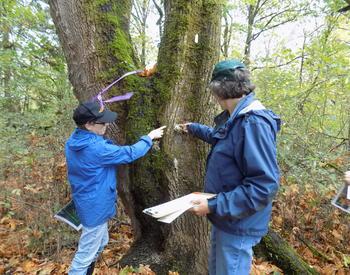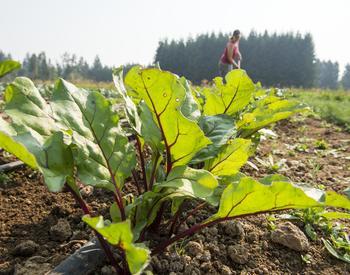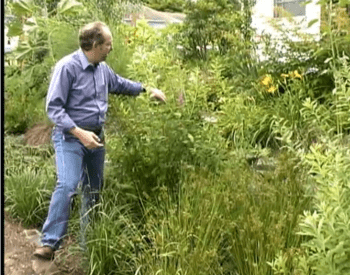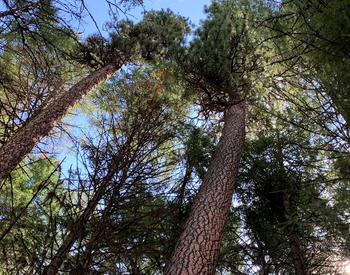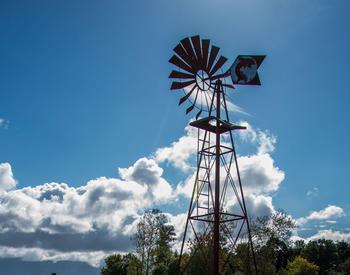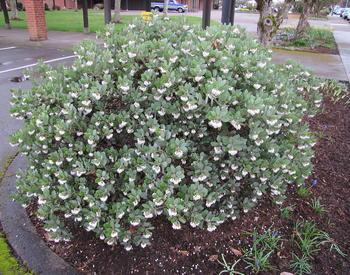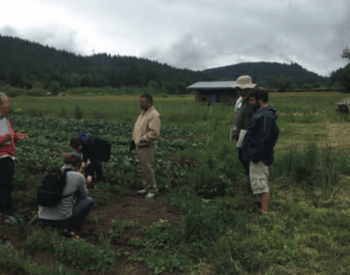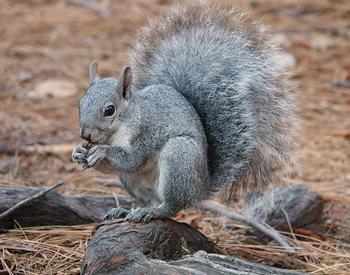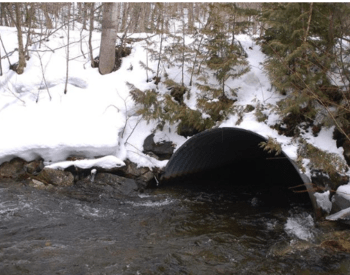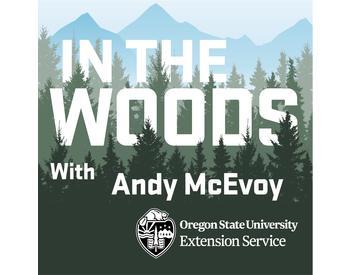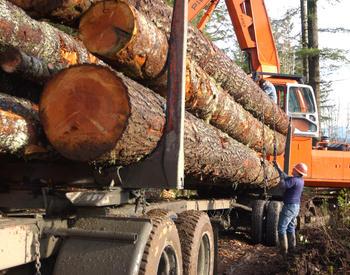For Lisa Bianco-Davis and John Bianco, caring for the environment is a part of daily life. The couple’s food, health and transportation choices all revolve around green living.
So, it was only natural that they found themselves with Oregon State University Extension in Lane County on a rainy night, learning how they could turn the 144 acres they own near Creswell into a “carbon sink” to help stem climate change.
“We want to preserve the forest as is, to make it as healthy as we can,” said Bianco-Davis.
According to Extension forester Lauren Grand, forest owners like Bianco-Davis can potentially use their properties to help mitigate the problems caused by an excess of carbon in the atmosphere.
Forests have a “uniquely effective” potential to store carbon in both wood and soil, according to the Forest Carbon and Climate Program at Michigan State University.
While forests make up 30% of the earth’s surface, Lane County is 85% forestland. Private landowners in this part of the state hold a total of 764,000 forested acres — property that could be managed to store carbon.
Grand says land managers can take several measures to keep carbon from entering the atmosphere. Among them:
- Avoid burning slash, which releases carbon into the air.
- Keep existing forests healthy. Actively manage forests to protect against disease and pests, and consider thinning stands to increase the growth rate of remaining trees. Thinning can also help prevent severe fires.
- Guard against invasive species.
- Conserve existing forests. Don’t carve them up into urban lots or convert them to cropland, which would release more carbon into the atmosphere.
- Plant more trees where appropriate, such as in buffer zones.
- Consider agroforestry, where trees are planted among fields and pastures.
After recent snowstorms and pest damage killed many of the trees on their property, Bianco and Bianco-Davis are planning to replant. They have ordered a diverse mix of species, which Grand says will help the forest withstand the variety of threats posed by climate change and invasive species.
Forestry is complex, and much depends on property owners’ goals for their woodlands. Contact an Extension forester to determine the right choice for your property. Also learn about OSU Extension's Master Woodland Managers and Women Owning Woodlands Network programs.
